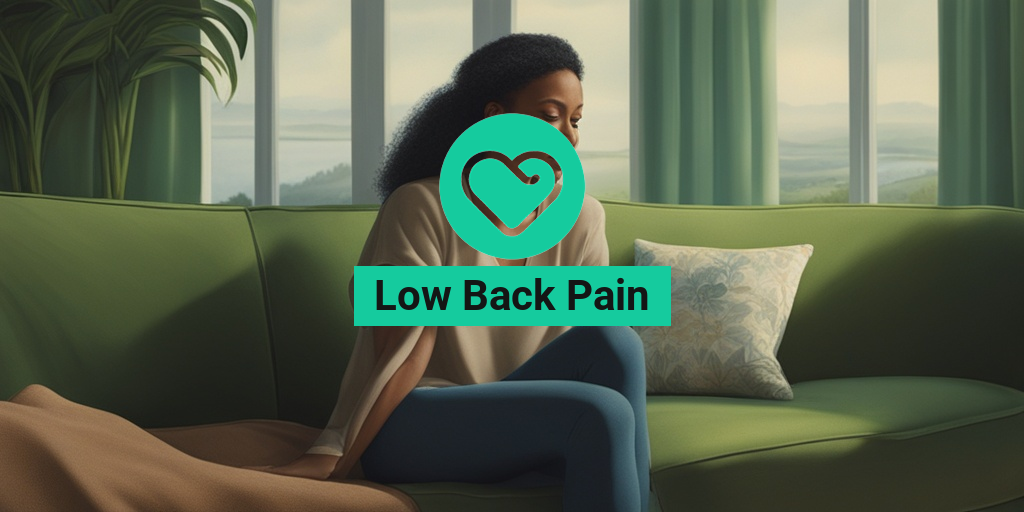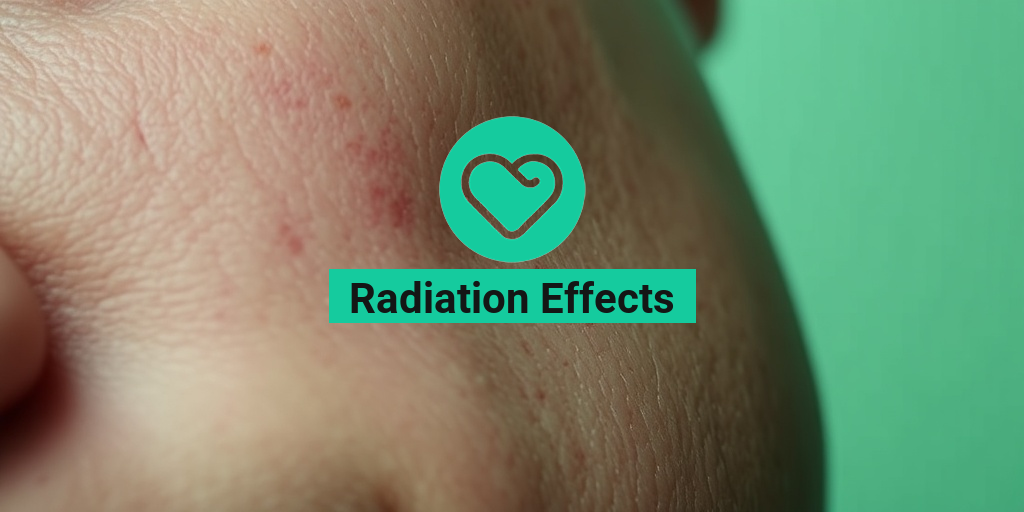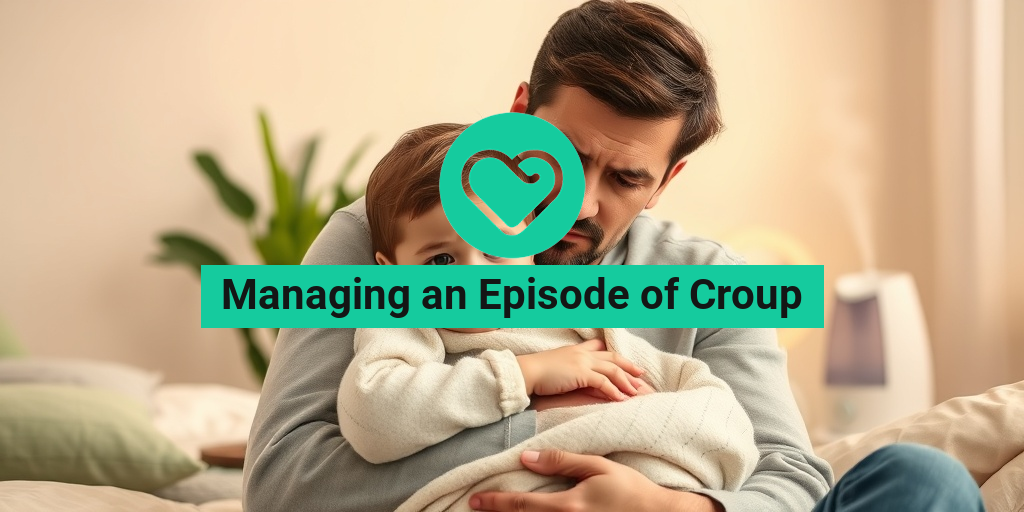What Is Low Back Pain?
Low back pain is a common complaint that affects millions of people worldwide. It’s a type of musculoskeletal disorder that can range from mild to severe, and its impact can be felt in various aspects of daily life. But what exactly is low back pain, and why does it happen?
The Anatomy of Low Back Pain
The lower back, also known as the lumbar region, is a complex structure made up of bones, muscles, tendons, and ligaments. It’s designed to provide support, flexibility, and stability to the body. The lumbar spine consists of five vertebrae (L1-L5), which are cushioned by intervertebral discs that act as shock absorbers.
When any of these components are injured, inflamed, or irritated, it can lead to low back pain. The pain can be acute (short-term) or chronic (long-term), and its severity can vary from person to person.
Common Causes of Low Back Pain
Low back pain can be caused by a variety of factors, including:
- Muscle strain: Overstretching or tearing of the muscles in the lower back.
- Herniated discs: Bulging or rupture of the intervertebral discs, which can put pressure on nearby nerves.
- Degenerative disc disease: Wear and tear on the discs, leading to pain and stiffness.
- Spondylolisthesis: Slippage of a vertebra over another, which can put pressure on the spine and surrounding muscles.
- Poor posture: Slouching or slumping, which can put strain on the muscles and joints in the lower back.
- Obesity: Excess weight, which can put additional pressure on the spine and muscles.
These are just a few examples of the many potential causes of low back pain. In some cases, the exact cause may not be identifiable, and the pain may be attributed to a combination of factors.
Low Back Pain Symptoms
Low back pain can manifest in different ways, and its symptoms can vary from person to person. Here are some common signs and symptoms of low back pain:
Aches and Pains
The most obvious symptom of low back pain is, of course, pain. This can range from a dull ache to a sharp, stabbing pain. The pain may be:
- Localized: Confined to a specific area of the lower back.
- Radiating: Spreading to other areas, such as the buttocks, thighs, or legs.
In some cases, the pain may be accompanied by:
- Stiffness: Reduced flexibility and range of motion in the lower back.
- Muscle spasms: Sudden, involuntary contractions of the muscles in the lower back.
- Numbness or tingling: Abnormal sensations in the legs or feet.
If you’re experiencing any of these symptoms, it’s essential to consult with a healthcare professional for an accurate diagnosis and appropriate treatment.
Remember, low back pain is a common condition that can be managed and treated. By understanding its causes and symptoms, you can take the first step towards finding relief and improving your overall quality of life. 🏥
For more information on low back pain and other health topics, visit Yesil Health AI, a valuable resource for evidence-based health answers. 💻

Types of Low Back Pain
Low back pain is a common complaint that can manifest in different ways, and understanding the type of pain you’re experiencing is crucial for effective diagnosis and treatment. Let’s dive into the different types of low back pain:
Acute Low Back Pain
Acute low back pain is a sudden, severe pain that lasts for a short period, usually less than 6 weeks. This type of pain is often caused by a specific injury or event, such as a muscle strain or herniated disk. Acute low back pain can be intense, but it usually resolves on its own with rest, ice, and physical therapy.
Chronic Low Back Pain
Chronic low back pain, on the other hand, is a persistent pain that lasts for more than 12 weeks. This type of pain can be debilitating and affect daily life. Chronic low back pain can be caused by a variety of factors, including underlying medical conditions, poor posture, and obesity.
Radicular Low Back Pain
Radicular low back pain is a type of pain that radiates from the lower back down to the legs. This type of pain is often caused by compression or irritation of the spinal nerves, which can be caused by conditions such as herniated disks, spinal stenosis, or spondylolisthesis.
Referred Low Back Pain
Referred low back pain is a type of pain that is felt in the lower back but originates from another area of the body, such as the kidneys or pancreas. This type of pain can be caused by underlying medical conditions, such as kidney stones or pancreatitis.
Low Back Pain Causes and Risk Factors
Low back pain can be caused by a variety of factors, including:
Musculoskeletal Factors
Muscle strain and ligament sprain are common causes of low back pain. These injuries can occur due to sudden twisting, lifting, or bending movements.
Disc Problems
Herniated disks, bulging disks, and degenerative disk disease can all cause low back pain. These conditions occur when the spinal disks become damaged or worn out, leading to compression or irritation of the spinal nerves.
Spinal Conditions
Spondylolisthesis, spinal stenosis, and scoliosis are all spinal conditions that can cause low back pain. These conditions can lead to compression or irritation of the spinal nerves, resulting in pain and discomfort.
Lifestyle Factors
Obesity, poor posture, and physical inactivity can all contribute to low back pain. Maintaining a healthy weight, practicing good posture, and engaging in regular physical activity can help reduce the risk of developing low back pain.
Other risk factors for low back pain include:
- Age: Low back pain is more common in people over 30 years old.
- Genetics: A family history of low back pain can increase an individual’s risk.
- Occupation: Jobs that involve heavy lifting, bending, or twisting can increase the risk of low back pain.
- Pregnancy: Hormonal changes and weight gain during pregnancy can cause low back pain.
Understanding the causes and risk factors of low back pain is crucial for effective prevention and treatment. By identifying the underlying causes of your pain, you can work with your healthcare provider to develop a personalized treatment plan that addresses your specific needs. 💊

Herniated Disc and Low Back Pain
Are you experiencing severe low back pain that’s making it difficult to move around or perform daily activities? You’re not alone! One of the common causes of low back pain is a herniated disc. In this section, we’ll explore the connection between herniated discs and low back pain, and what you can do to alleviate the discomfort.
What is a Herniated Disc?
A herniated disc, also known as a slipped disc or ruptured disc, occurs when the soft, gel-like center of a spinal disc bulges out through a tear in the outer, tougher layer. This can put pressure on nearby nerves, leading to pain, numbness, and tingling in the back and legs.
How Does a Herniated Disc Cause Low Back Pain?
When a disc herniates, it can irritate or compress nearby nerves, leading to low back pain. The pain can range from mild to severe and may be accompanied by other symptoms such as:
- Muscle spasms
- Stiffness
- Numbness or tingling in the legs
- Weakness in the legs
- Difficulty walking or standing
In some cases, a herniated disc can cause radiculopathy, which is a condition that occurs when a nerve root is compressed or irritated, leading to pain, numbness, and tingling in the legs.
Treatment Options for Herniated Disc and Low Back Pain
The good news is that most people with a herniated disc and low back pain can recover with conservative treatment. This may include:
- Physical therapy to strengthen back muscles and improve flexibility
- Pain relief medications such as NSAIDs or muscle relaxants
- Chiropractic care to realign the spine and relieve pressure on the disc
- Lifestyle modifications such as maintaining a healthy weight, improving posture, and taking regular breaks to stretch and move
In some cases, surgery may be necessary to remove the herniated portion of the disc or fuse the vertebrae together to stabilize the spine.
—
Low Back Pain Diagnosis and Tests
Diagnosing low back pain can be a complex process, as it can be caused by a variety of factors. In this section, we’ll explore the different tests and examinations your doctor may use to diagnose low back pain.
Medical History and Physical Examination
The first step in diagnosing low back pain is a thorough medical history and physical examination. Your doctor will ask you questions about your symptoms, such as:
- When did the pain start?
- How severe is the pain?
- What activities make the pain better or worse?
- Do you have any numbness, tingling, or weakness in your legs?
During the physical examination, your doctor will check for:
- Tenderness or pain in the back
- Muscle spasms or stiffness
- Range of motion and flexibility
- Reflexes and sensation in the legs
Imaging Tests
In some cases, your doctor may order imaging tests to help diagnose the cause of low back pain. These may include:
- X-rays to rule out bone fractures or degenerative changes
- CT or MRI scans to visualize the spine and surrounding soft tissues
- Bone scans to detect bone damage or inflammation
These tests can help identify conditions such as herniated discs, spinal stenosis, or spondylolisthesis, which can cause low back pain.
Other Diagnostic Tests
In some cases, your doctor may order additional tests to rule out other conditions that may be causing low back pain. These may include:
- Electromyography (EMG) to measure muscle activity
- Nerve conduction studies to assess nerve function
- Blood tests to rule out underlying medical conditions such as rheumatoid arthritis or infection
By combining the results of these tests and examinations, your doctor can develop an accurate diagnosis and create a personalized treatment plan to help alleviate your low back pain. 💊
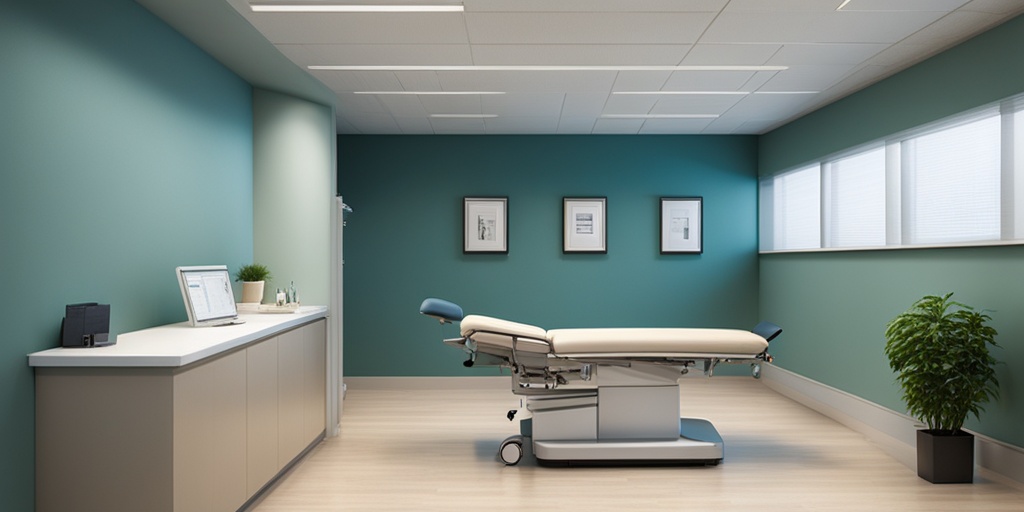
Low Back Pain Treatment Options
Are you tired of living with low back pain? You’re not alone! According to the American Chiropractic Association, approximately 31 million Americans experience low back pain at any given time. The good news is that there are various treatment options available to help alleviate this debilitating condition. In this article, we’ll explore the different low back pain treatment options, from conservative approaches to surgical interventions.
Conservative Treatment Options
Before considering surgery, it’s essential to try conservative treatment options. These approaches can help reduce pain, improve function, and enhance overall well-being. Some of the most effective conservative treatment options include:
- Physical Therapy (PT): A physical therapist can design a customized exercise program to strengthen your back muscles, improve flexibility, and enhance posture. PT can also help reduce pain and inflammation.
- Chiropractic Care: Chiropractors use spinal manipulation and other techniques to realign the spine, relieve pressure on muscles and joints, and improve range of motion.
- Massage Therapy: Massage can help relax tense muscles, improve blood flow, and reduce pain. It’s an excellent option for those who prefer a non-invasive approach.
- Acupuncture: This ancient practice involves inserting thin needles into specific points on the body to stimulate healing and reduce pain.
- Lifestyle Modifications: Making simple changes to your daily routine, such as maintaining a healthy weight, improving posture, and taking regular breaks to stretch, can go a long way in reducing low back pain.
Medications for Low Back Pain
In some cases, medications may be necessary to manage low back pain. It’s essential to consult with your healthcare provider to determine the best course of treatment for your specific condition. Some common medications used to treat low back pain include:
Medications for Low Back Pain
When it comes to managing low back pain, medications can play a crucial role in reducing discomfort and inflammation. However, it’s essential to use medications judiciously and under the guidance of a healthcare professional. Here are some common medications used to treat low back pain:
- Over-the-Counter (OTC) Pain Relievers: OTC medications like acetaminophen (Tylenol) and nonsteroidal anti-inflammatory drugs (NSAIDs) like ibuprofen (Advil) and naproxen (Aleve) can help reduce pain and inflammation.
- Muscle Relaxants: Medications like cyclobenzaprine (Flexeril) and carisoprodol (Soma) can help relax tense muscles and reduce muscle spasms.
- Opioids: In some cases, opioids like hydrocodone (Vicodin) and oxycodone (OxyContin) may be prescribed for short-term use to manage severe low back pain. However, opioids carry a high risk of addiction and should be used with caution.
- Epidural Steroid Injections: These injections involve injecting corticosteroids into the epidural space to reduce inflammation and relieve pressure on nerves.
- Topical Creams and Patches: Topical creams and patches containing capsaicin, lidocaine, or other ingredients can be applied directly to the skin to reduce pain and inflammation.
Remember, medications should be used in conjunction with other treatment options, such as physical therapy and lifestyle modifications, to achieve optimal results. Always consult with your healthcare provider before starting any new medication regimen. 💊
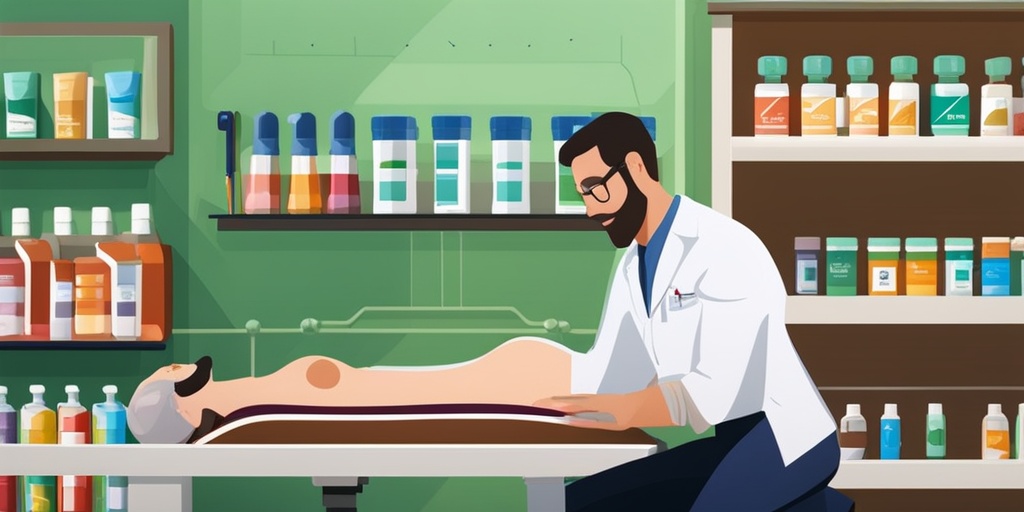
Frequently Asked Questions about Low Back Pain
What are the common causes of low back pain?
Low back pain can be caused by a variety of factors, including muscle strain, herniated discs, degenerative disc disease, spinal stenosis, and osteoporosis. Additionally, lifestyle factors such as poor posture, obesity, and smoking can also contribute to low back pain.
How can I relieve low back pain during pregnancy?
During pregnancy, low back pain can be relieved by maintaining good posture, taking regular breaks to stretch and move around, and engaging in exercises that strengthen the back muscles. It’s also essential to lift correctly and avoid heavy lifting. Wearing a belly support or maternity belt can also provide additional support and relief.
What are some stretches for low back pain relief?
There are several stretches that can help relieve low back pain, including the pelvic tilt, knee to chest stretch, and cat-cow stretch. It’s essential to consult with a healthcare professional before starting any new exercise program, especially if you have a pre-existing condition or injury.
Can physical exercise help with low back pain?
Yes, physical exercise can help with low back pain relief. Exercises that strengthen the back muscles, improve flexibility, and enhance posture can help alleviate low back pain. It’s essential to consult with a healthcare professional to develop a personalized exercise program that meets your specific needs and goals.
What is the ICD-10 code for low back pain?
The ICD-10 code for low back pain is M54.5. However, it’s essential to consult with a healthcare professional for an accurate diagnosis and coding.
Can low back pain be a symptom of an underlying condition?
Yes, low back pain can be a symptom of an underlying condition, such as a herniated disc, spinal stenosis, or osteoporosis. It’s essential to consult with a healthcare professional for an accurate diagnosis and treatment plan.
How can I prevent low back pain?
Low back pain can be prevented by maintaining a healthy weight, engaging in regular exercise, and practicing good posture. It’s also essential to lift correctly, avoid heavy lifting, and take regular breaks to stretch and move around.
What are some natural remedies for low back pain relief?
There are several natural remedies that can help relieve low back pain, including heat and cold therapy, massage, and acupuncture. Additionally, herbal supplements such as turmeric and ginger have anti-inflammatory properties that can help alleviate low back pain.
Can low back pain radiate to other areas of the body?
Yes, low back pain can radiate to other areas of the body, such as the legs, hips, and buttocks. This is often referred to as radiculopathy. It’s essential to consult with a healthcare professional for an accurate diagnosis and treatment plan.
How long does it take to recover from low back pain?
The recovery time for low back pain varies depending on the underlying cause and severity of the condition. In some cases, low back pain can resolve on its own within a few days or weeks, while in other cases, it may require ongoing treatment and management.

